If you like Asian cuisine – Thai, Vietnamese, Chinese, or Indian – you are already familiar with the aromatic herb lemongrass. It has been used in cooking for centuries in South and Southeast Asian countries due to its subtle lemon fragrance and aroma.
This ancient herb is a medicinal herb as well, with many health benefits. Research has shown that it aids digestion, and its oil soothes aching muscles and has antifungal properties. Moreover, it has anti-bacterial, anti-microbial, antioxidant, and therapeutic properties.
Did you know that you can actually grow it in your garden or a pot on your balcony? The plant itself is a perennial grass native to India. If you want to grow lemongrass outdoors, in the US you will have to live in at least zone 9.
However it is perfectly fine to grow it in a pot or container and overwinter it indoors. Lemongrass can grow 3-6 feet outside and smaller when kept inside. Read on to learn about its health benefits and for tips on how to grow your own lemongrass!
1. Lemongrass will sprout roots when placed in water

via www.hgtv.com
There is a fantastic thing about lemongrass. If you put the stalks into the water, they will grow again! This makes lemongrass very easy to deal with. Buy a few lemongrass stalks at the grocery store – we recommend you to take the organic ones – make sure they look fresh, green, and firm. Stick the ends of the stalks in a jar of water, place them on a bright windowsill and change the water regularly. Leave it for a few weeks until they will sprout roots. Once the new leaves start growing, the lemongrass has enough roots and ready to plant them in a pot or your garden.
2. Alternatively, Grow Lemongrass from Seed
Since the above-mentioned method is so simple, it is not common to grow lemongrass from seed, but it is also an option. Keep the seeds moist and in a warm spot until they germinate, usually within a week or two. When they’re about six inches tall, transplant them to a pot. It is important to move the seedlings outside after the last frost date! Click here for detailed instructions.
3. Plant it in a pot or your garden

via www.hgtv.com
Given that lemongrass is a subtropical plant, it can’t handle very low, freezing temperatures. So if you live anywhere colder than about a zone 9a – there are two choices. You can either plant it in a pot and move the lemongrass indoors once the temperature drops or plant it in the garden and start the process every year from scratch. This perennial looks very decorative in bigger containers on your balcony, and if you have more, you can create a charming wall wherever privacy is needed.
4. Make sure it gets enough sunshine and water
Lemongrass needs full sun, plenty of water, and rich, well-draining soil. Apply an organic, nitrogen-rich fertilizer every two weeks and if you’re growing it in a pot, top-dress it with compost or worm castings every couple of weeks. In winter, keep the soil just moist. Move them up into larger pots as they grow.
5. After a couple of months, you will have a tall and lush plant
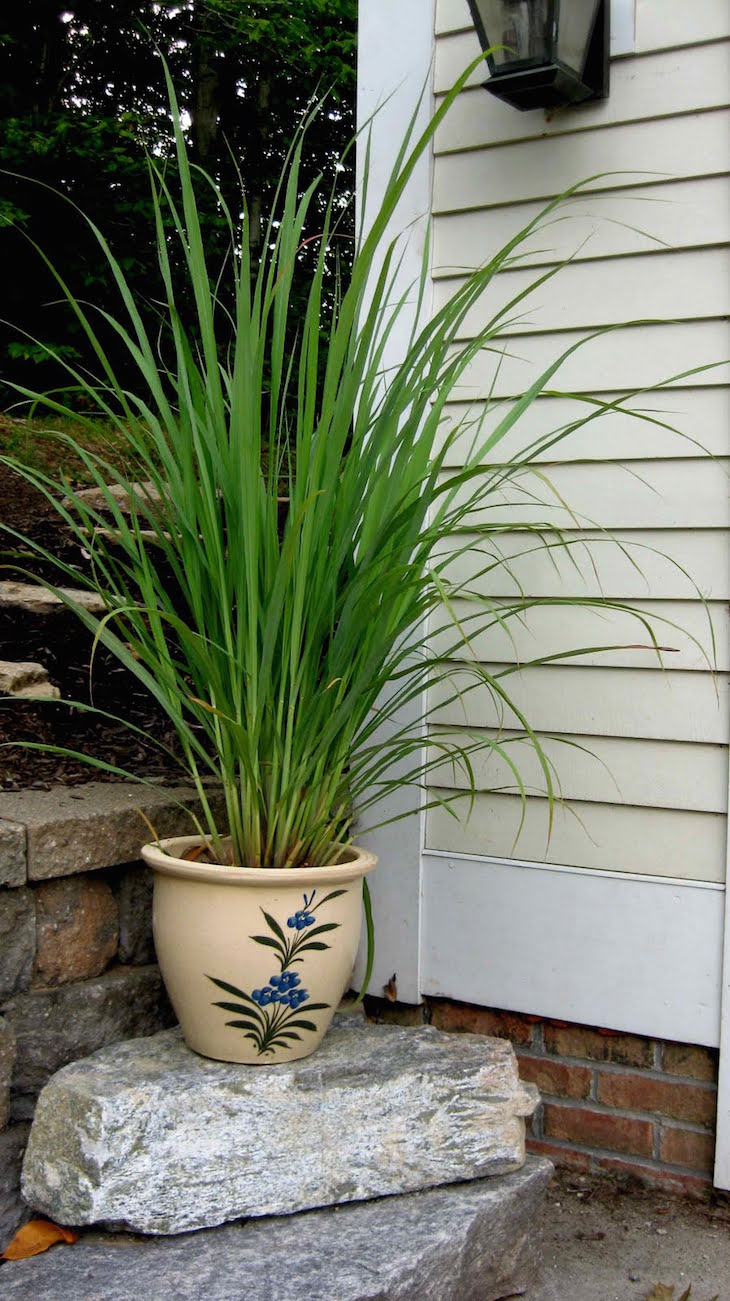
via logeesblog.files.wordpress.com
Lemongrass can grow up to five feet tall and four feet wide outdoors. Make sure you have enough space for it in the garden. It will naturally propagate itself; new plants will begin to grow on the side of existing stalks. Just after a couple of months, you will have a large cluster of green blades shooting up. When the blades are at least a meter long comes the fun part. You can start harvesting your homegrown lemongrass and use them for your lemongrass recipes!
6. How to harvest your lemongrass
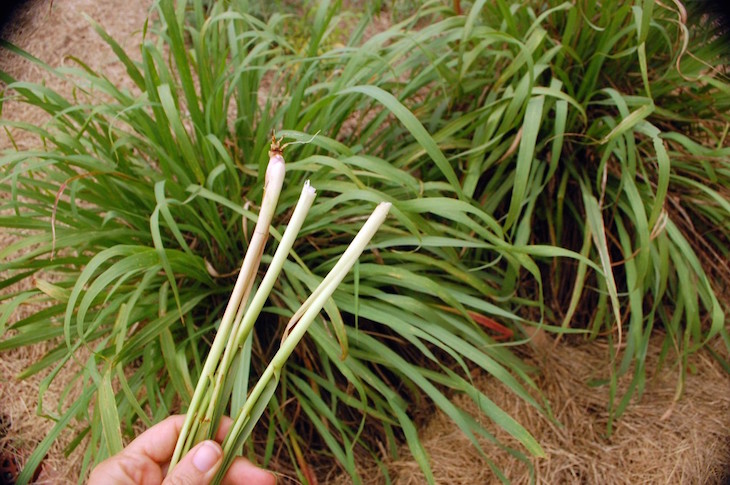
via www.green basket.me
7. Lemongrass wards off insects

via chefmimiblog.com
Lemongrass is a fantastic herb also because it is also a natural insecticide. Its cultivation enables growing some vegetables such as tomatoes and broccoli without applying pesticides. Its oil is mosquito repellent, and it also works well when planted in your garden.
8. Divide it and maintain the shape
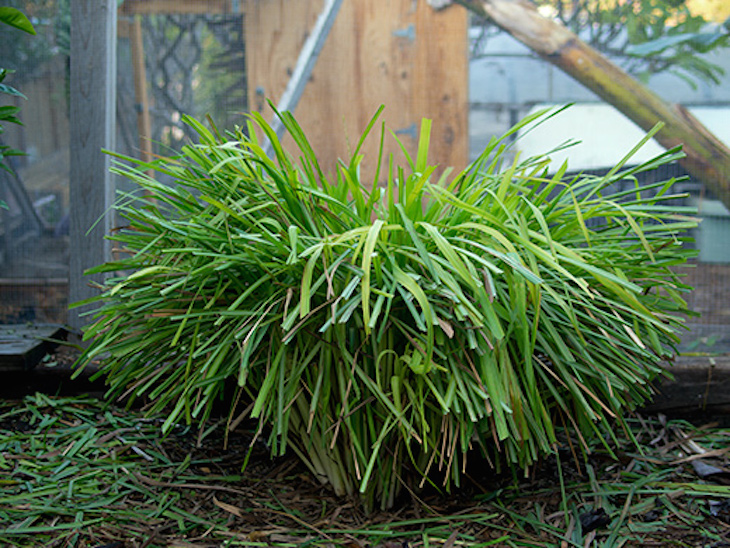
Once you have an established lemongrass shrub, you can simply divide it to get new ones or share it with your friends. The plant in colder climates goes dormant during winter. It might be that the leaves will turn brown, and you think the plant has not survived the colder season. This is the best time to prune your lemongrass when it’s dormant. Trim as much as you want, as lemongrass can take pruning. You want to have a green clump with healthy white stalks visible.
9. Which parts can be used
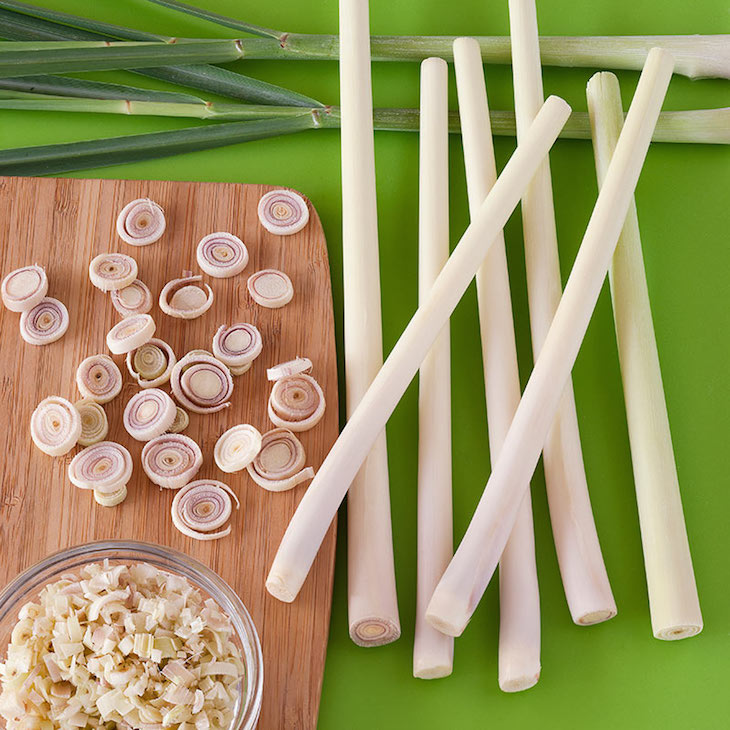
via bonnieplants.com
For cooking, the lower white portion – about 5 inches – should be used. This has the strongest flavor. Remove the leafy top and woody bottom, remove the harder outer layers, and chop or grate the soft, white inner stalk. When you used it in soups, you can also bruise the stem to release the flavor and cook it in whole. For tea you can use the green leaves – fresh or even dried – to make a light, lemony drink.
10. Lemongrass is so versatile
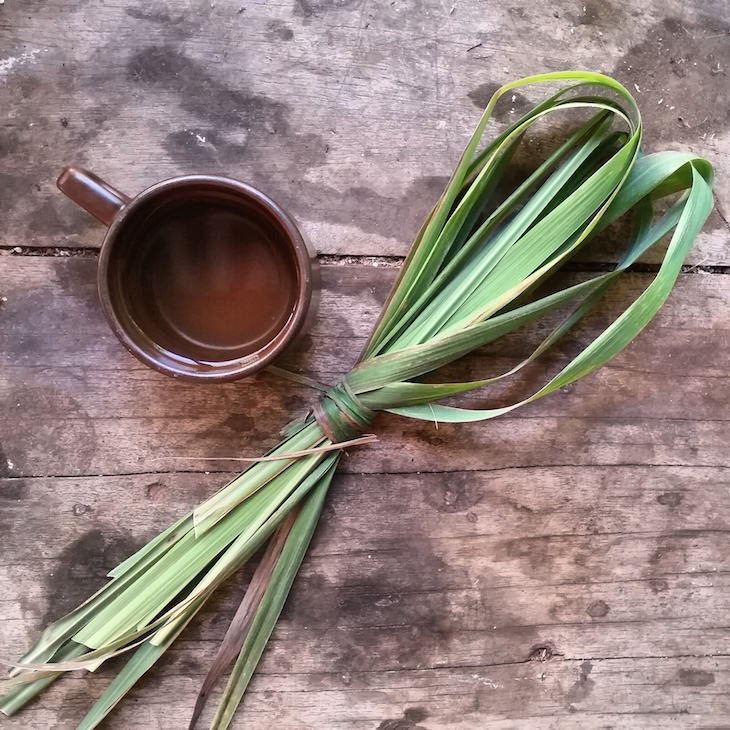
via ecobrides.com.au
Lemongrass is an amazingly versatile herb. Its citrusy, aromatic flavor is great in Asian dishes; it blends perfectly with garlic, chili, and ginger, it makes a really tasty marinade for poultry or fish. You can use the stalks as skewers or as decoration in cocktails. Lemongrass is also very nice in desserts and sauces. To prepare a healthy tea, the leaves, as well as the stalks, can be used. Drink it cold with ice cubes in the summer; it is utterly refreshing, and a great detox drink!


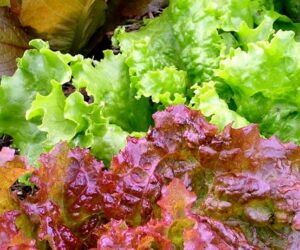
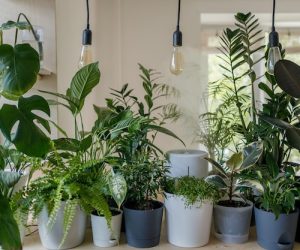
Years ago my neighbour gave me a small group of lemongrass plants. I live in northern Australia and we are sub-tropical. Those 4 or 5 plants are now 6 foot round circles. we have had plenty of rain lately so I raided them to get fresh stalks after reading this great article. Now to try the ginger garden 😉
June 24, 2018
I’ve never tried to grow lemon grass however if I get the chance – I might … This year I tried to grow ginger – right now, it’s just starting to sprout with leaves – I’m hoping it continues… I LOVE gardening.